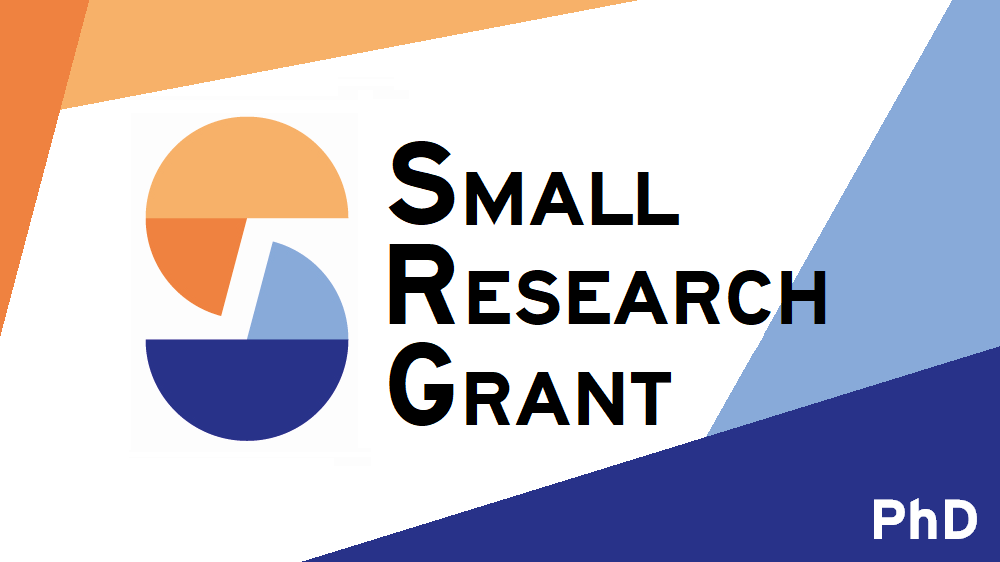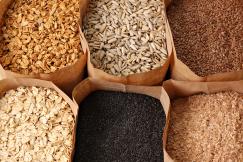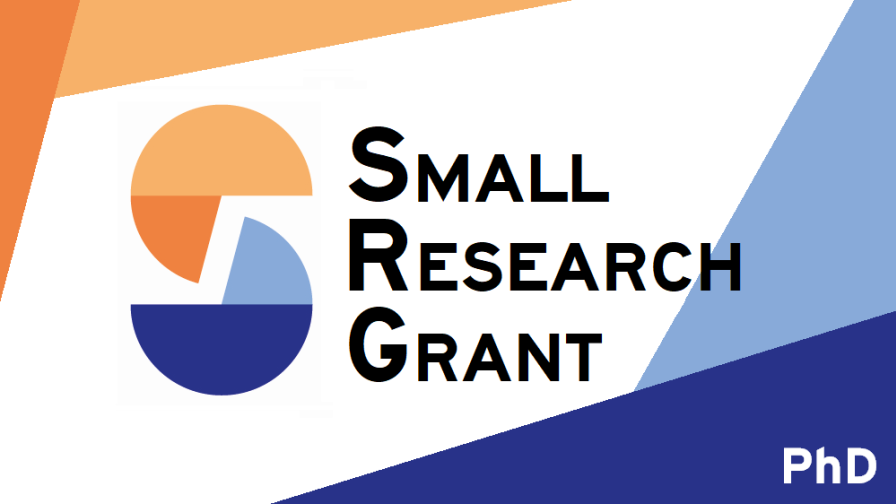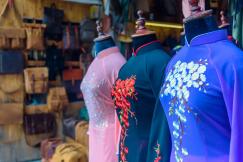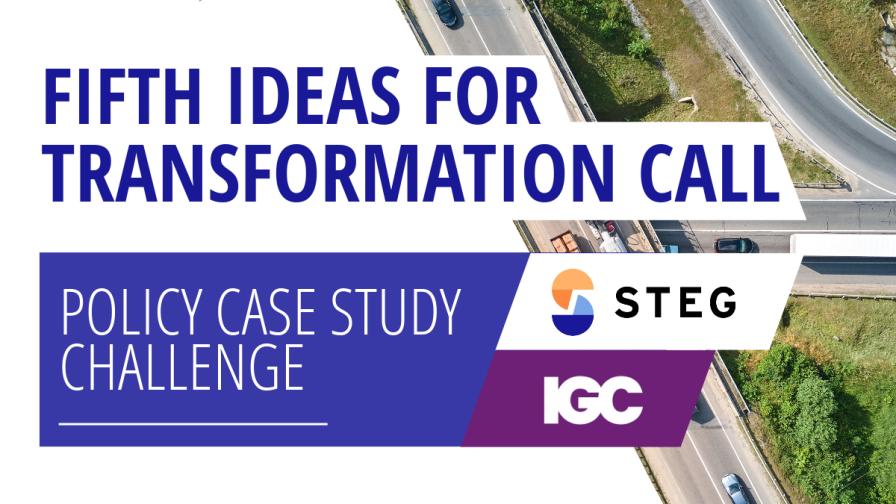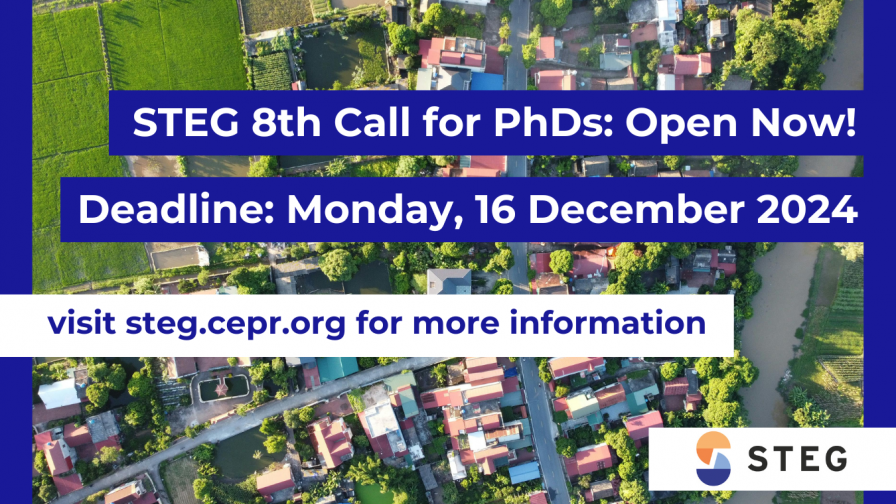Food loss – the phenomenon of crops perishing before reaching retailers or consumers – is a global problem but is of particular concern in agricultural supply chains in developing countries. Estimates of crop losses before reaching consumer markets in developing economies range from 20% to 30% and can be as high as 40% to 50% for fruits and vegetables. Moreover, over 50% of crops perish before even leaving the farm. This project investigates the generation of food loss via the interaction of two properties of agricultural wholesale markets: crops are perishable and finding a buyer takes time. Consider an end-point scenario where trade is instantaneous: food loss is no longer a concern because farmers will always sell to traders before their harvest spoils. Similarly, when crops are durable, food loss is no longer a concern. Regardless of the time it takes to find a buyer, crops will remain perfectly preserved. Food loss is a concern for several reasons: it reduces farmer welfare through lower agricultural productivity and income; it reduces consumer welfare through lower food access and higher prices that result in malnutrition; and it reduces economic resilience and sustainability while increasing food insecurity. This project asks two questions: What are the aggregate welfare effects of food loss? And how much do we stand to gain by decreasing the perishability of food or improving the process through which farmers find buyers?
This study makes progress on these questions in three steps. First, the study collects primary data on food loss in Ghana’s fruit and vegetable supply chains. The project designs a survey uniquely tailored to study crop disposition practice and search and matching frictions in Ghana’s agricultural wholesale markets. Using the survey, the study documents several facts about food loss, farmer choice of storage, and crop disposition practices. Second, motivated by the facts, the study develops an equilibrium model of agricultural wholesale markets with food loss, storage, and search frictions. It characterises the equilibrium and expresses food loss and welfare as a function of underlying parameters. Finally, in the third step, it quantifies the model and explores the effects of agricultural interventions, such as improvements to storage technology.
